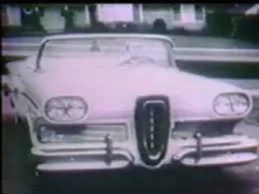American Microcars of the 40s, 50s and 60s
/It was the mid-1940s. America was emerging from a decade and a half of depression and war. The nation’s industrial might and entrepreneurial spirit were now being focused on something they had not done in a long time…sell stuff. For the first time in years, Americans had money to spend. With their new found wealth, they wanted new suburban houses, washing machines, refrigerators and TV sets. But most of all they wanted automobiles. They wanted new cars to replace the old ones that for years they’d been holding together with spit and bailing wire. Demand was frenzied. Anyone making cars could sell cars…lots of them. The great Seller’s Market was upon us. And like wildflowers after a spring rain, strong demand brings forth entrepreneurs blooming with ideas to sate it.
Read More









